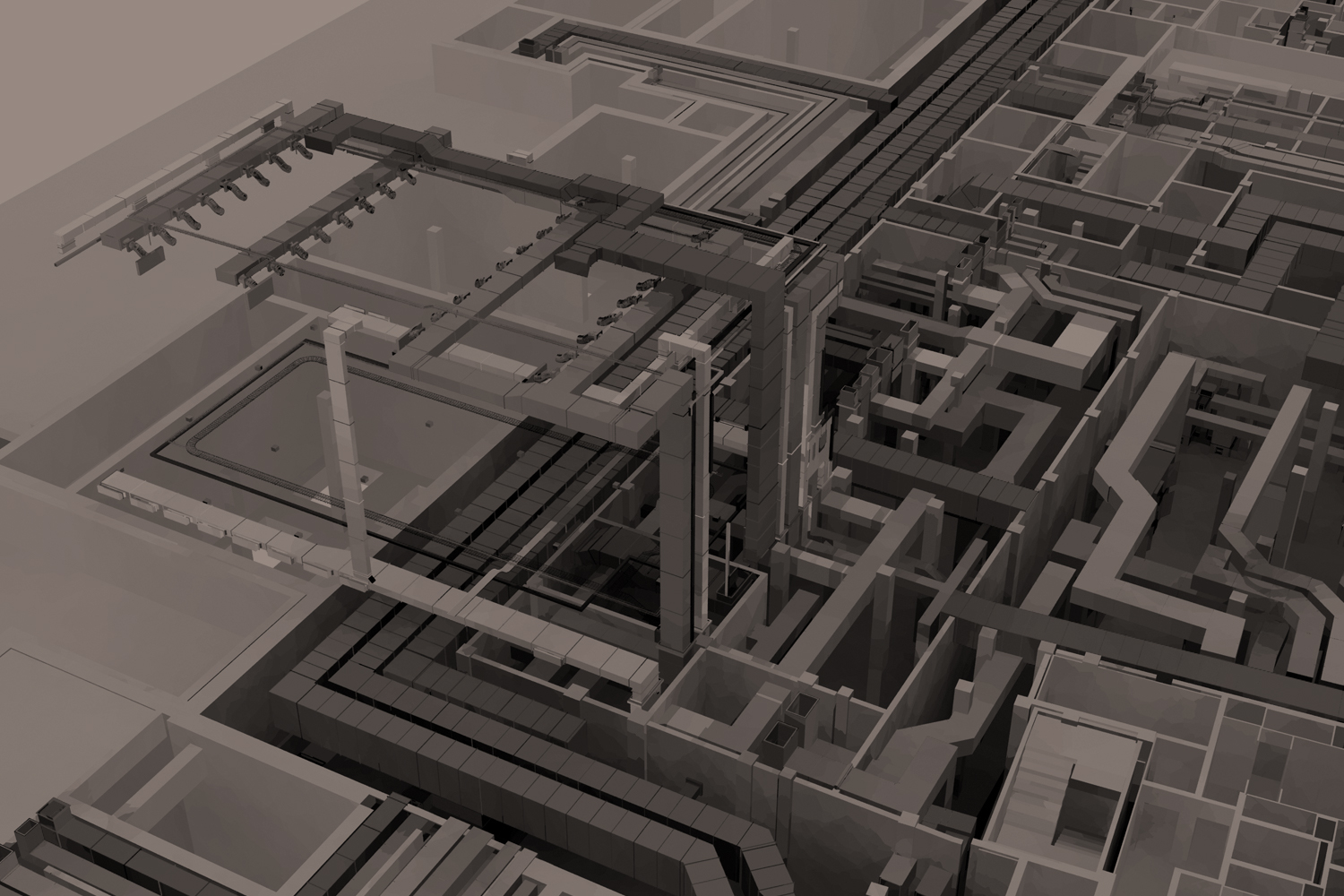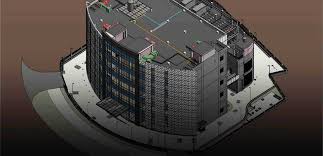Different types of insulation are used in building construction to lessen the transmission of thermal energy through walls, ceilings, and floors. Simply put, this aids in keeping interior spaces that are heated warmer in the winter and interior spaces that are air-conditioned cooler in the summer. In addition to improving comfort, reducing thermal energy transmission is crucial for controlling energy costs. However, additional materials are incorporated into the building’s construction to add insulating value to the walls, floors, and ceilings. All building materials have an inherent ability to insulate, typically measured on a scale known as R-value. Let’s know why Building Insulation is essential.
Building Insulation Construction
Insulation experts refer to the climate-controlled area inside a building that is fit for human habitation as the “thermal envelope” or “building envelope.” A building’s lack of natural airflow necessitates mechanical ventilation, which raises humidity levels and leads to condensation, rotting materials, and microbial growth like mold. The point in a building envelope that permits heat conduction is known as a thermal bridge. When poor insulation materials like glass and metal create a constant path across temperature differences, thermal bridges are formed. By reducing the cross-sectional area of the bridge or lengthening the bridge, engineers can reduce this heat conduction.
For roofs, walls, and floors, insulating concrete forms are systems of reinforced concrete that remain in place as a long-term interior and exterior substrate. The modular units fit together, are dry-stacked, and filled with concrete to form a building’s floors. This is one of the most popular insulation construction techniques for low-rise commercial and high-rise residential structures that are also energy efficient and disaster resistant.
Building Insulation Materials
The two types of insulation that are most frequently used are reflective and bulk insulation. A building’s exterior and interior are separated from one another by bulk insulation. It is frequently made from glass wool, polyester, natural wool, or recycled paper and is available in rolls or boards.
Shiny aluminum foil is typically used to create reflective insulation, which is then laminated onto paper or plastic. By reflecting radiant heat, it is used to keep buildings cool during the hot months.
Polystyrene foam, polyurethane foam, cement-bonded wood fiber, or cellular concrete are frequently used in the production of insulating concrete forms. Before the concrete is poured, engineers insert reinforcing steel bars into the form to give it flexible strength. After the concrete has dried, the forms are frequently kept there permanently to serve as drywall support, soundproofing, thermal insulation, and spaces for plumbing and electrical conduit. Insulation known as “spray foam” is created by gun-spraying polyurethane and isocyanate foams.
Climate Factors
Your objective when building in a cold climate is to minimize heat loss from the structure. By using bulk insulation, installing energy-efficient windows, and reducing the amount of non-solar facing glazing, heat losses can be minimized. Solar radiation is the main source of heat energy for building projects in hot climates. It is necessary to take into account the solar heat gain coefficient, which is a gauge of solar heat transmission. By using heat-reflective paint, specially coated glazing, and light-colored roofing, you can lower solar gain.
The ceiling and roof of a residential building should be insulated before the walls, floors, and water pipes. To avoid weather-related damage and reduce maintenance, large commercial buildings must also have properly insulated doors, kitchens, bathrooms, and entrance lobbies. Insulation can not only lower costs and maintain building occupants’ comfort, but it can also safeguard the environment from needless greenhouse gas emissions and qualify for beneficial tax breaks.
FAQ
What is insulation?
Insulation is a material used to stop the transfer of heat or sound from one place to another.
What are the 3 types of insulation?
For loose-fill insulation, cellulose, fiberglass, and mineral (rock or slag) wool are the most frequently used material types.
What is the best insulator for buildings?
Cellulose is one of the best eco-friendly insulation materials available today and is made from recycled paper products.
What is the purpose of building insulation?
Insulation can lower the energy requirements for heating and cooling systems by reducing unauthorized heat gain or loss.
What is used to insulate buildings?
MEPS, or molded expanded polystyrene, is a common material for foam boards and tiny foam beads. EPS, or expanded polystyrene, is constructed from joined small plastic beads. Extruded polystyrene (XPS), also known as styrofoam, is a molten substance that is pressed into sheets.











